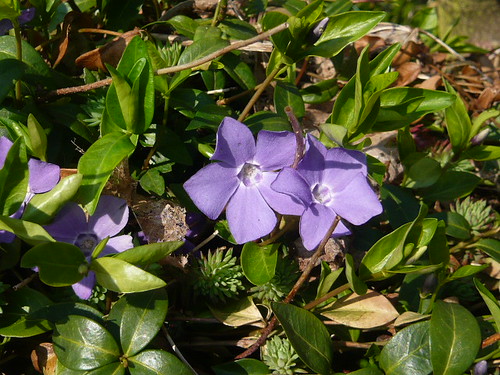Ground Cover for Formal Gardens
Formal gardens generally rely on geometric shapes and repetition and so you may not think about ground cover in these situations. Balance and proportion are also key features of a formal garden and generally have fewer species of plants than may be found in in informal gardens.
With the structure of a formal garden in place from paths and symmetrical beds in squares, oblongs or circles you can then consider appropriate plants. The ground cover should complement the focal plants in colour, leaf-shape and height. They should also be manageable and not prone to take over or the formal effect may be lost.
- Liriope spicata or Lily turf is evergreen with neat, low, grassy foliage. It can be left undisturbed for many years to form low-maintenance ground cover in beds of its own, or in light shade beneath trees or shrubs.
- Sempervivum tectorum and Hens-and-Chicks are small scale spreaders that may combine with Aremria maritima to create clear outlines in concentric shapes within a formal layout.
- Saxifraga umbros or London Pride is apt to wander over path edges but is an easy to grow and gives prolific, spreading ground cover.
- Hellebores and Hostas can also work well or Barbara Ellis in her book ‘Covering Ground’ recommends Tiarella cordifolia the Allegeheny foamflower.
Colour may not be the key issue in ground cover for a formal garden but Blue grass Festucu glauca can be massed planted so that clumps join together. Other grasses to consider include Hakonechloa macra or the lower growing sedges Carex pensylvanica.
‘Covering Ground’ is a great book for landscaping ideas using low maintenance ground cover.
‘More than just broad expanses of a single plant, ground covers can bring a fresh look to dozens of landscaping challenges and opportunities…’ from Amazon
I use the comprehensive list of plants in my copy of ‘Ground Cover Plants A Wisley Handbook ‘ About 250 deciduous evergreen or semi-evergreen plants .

